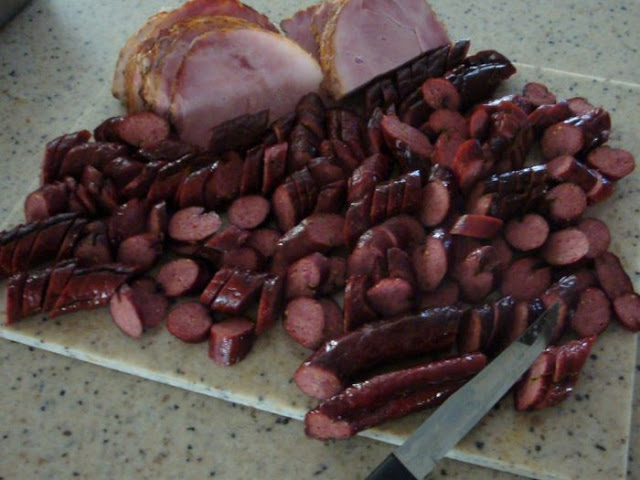Hello Friends,
Homemade bread, such a luscious luxury, now a quick and easy version that yields a crusty and golden outside, and soft and flavorful texture inside.
The basic recipe is simple 4 ingredients:
Flour, water, yeast and salt.
3 1/4 cups flour
1 to 1 1/2 tsp fine sea salt
1 tsp yeast
1 1/2 cups warm water (105 to 110 degrees)
Notes: You can adjust the recipe to your tastes. Add a teaspoon of honey, sub some of the flour with whole wheat, oat flour or rye flour, add flavorings like garlic, parmesan cheese, spices, onion powder, seeds, everything bagel topping or nuts etc.
1. In a large mixing bowl, combine the dry ingredients, stir to combine, add the warm water and stir with a spatula or wooden spoon to form a loose dough. No need to overwork it, just be sure it is all incorporated.
2. Cover the bowl with plastic wrap and a towel. and let the dough rest and rise at room temperature for 12 to 18 hours.
3. The risen dough will fill the bowl.
4. Place your Dutch oven inside of your oven. Heat the Dutch oven at 450 degrees for 30 minutes while the dough rests. Using a sharp knife, gently cut shallow slits into the top of the dough to get a nice artisanal top crust that will crisp and curl during baking.
I use a cast iron Lodge Dutch Oven but an enameled one will work, too. I have read that you can also bake it on a pizza stone but you won't get the same crust results as the Dutch Oven offers a different environment in the oven.
5. Use oven mitts to remove the Dutch oven from the oven, be careful as it will be very hot. Lift the edges of the parchment to carefully transfer the dough ball and parchment to the Dutch oven.
Cover with the Dutch oven lid and bake at 450 degrees for 30 minutes.
6. Remove from the oven, carefully lift the parchment paper to move the bread to a wire cooling rack.
You can add melted butter to glaze the crust if you like. Cool for at least 30 minutes before slicing.
I love it warm with a slathering of fresh Amish Churned butter - comfort food at its finest. Wonderful compliment to a fresh salad, warm stew or hardy soup on a cold Winter day. The open crumb texture makes a great toast, too. Lots of places to nestle that melted butter. Enjoy!
Thanks for visiting,
Bonnie























.jpg)







































